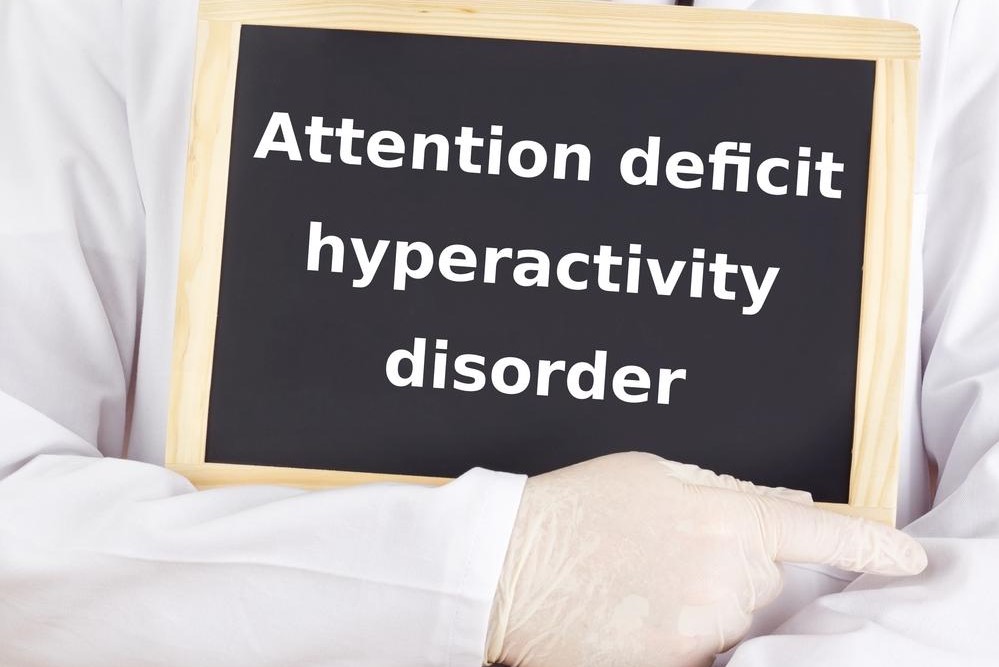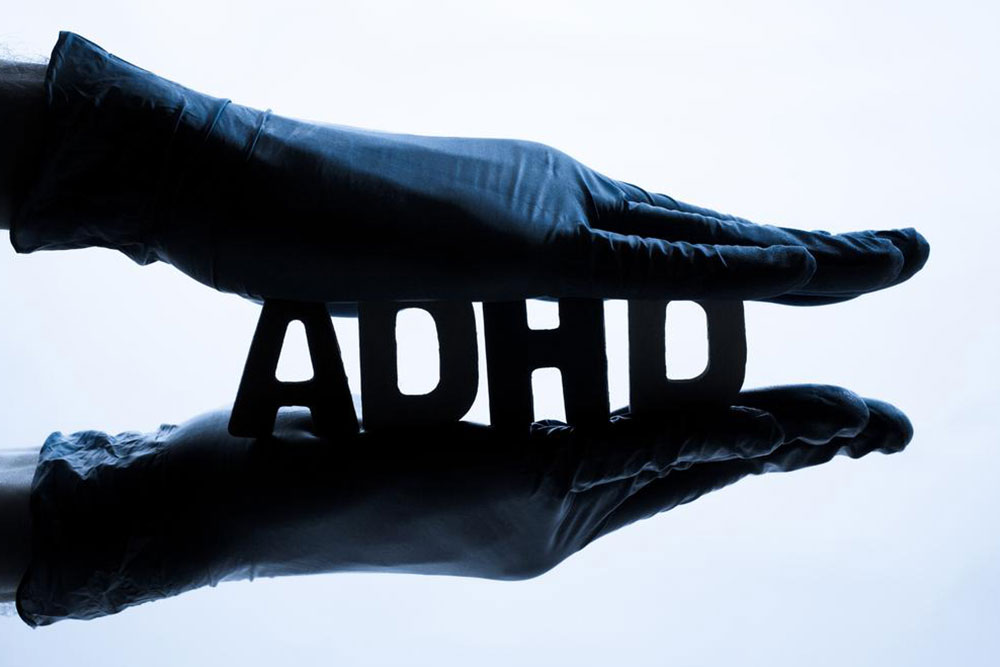Ultimate Guide to Managing and Understanding ADHD in Children and Adults
This comprehensive guide explores the nuances of ADHD, covering its symptoms, causes, diagnosis, and effective management strategies. It emphasizes early detection, treatment options like medication and behavioral therapy, and the importance of support networks to help individuals with ADHD thrive. Whether for parents, teachers, or adults living with ADHD, this article provides valuable insights to better understand and manage this neurodevelopmental disorder successfully.

Comprehensive Insights into ADHD: Causes, Symptoms, Diagnosis, and Management Strategies
Attention Deficit Hyperactivity Disorder (ADHD) is a complex neurodevelopmental condition that affects millions worldwide, spanning across all age groups. Despite common misconceptions, having a high IQ or being exceptionally intelligent does not exempt individuals from the challenges posed by ADHD. Understanding this disorder is crucial for early diagnosis, effective treatment, and fostering supportive environments that enable individuals to thrive. This comprehensive guide delves into what ADHD is, its key symptoms, causes, diagnosis process, and the latest approaches to management, offering valuable insights for parents, educators, caregivers, and adults living with ADHD.
What is ADHD? An Overview
ADHD, or Attention Deficit Hyperactivity Disorder, is characterized primarily by persistent patterns of inattentiveness, hyperactivity, and impulsivity that interfere with daily functioning. These symptoms can manifest differently across ages, with children and adults exhibiting distinct behaviors. Despite high intelligence levels, individuals with ADHD often wrestle with maintaining focus, organizing tasks, managing impulses, and regulating activity levels. It’s essential to recognize that ADHD is not simply a matter of being hyper or inattentive but involves nuanced neurological components that affect how the brain processes information.
Key Symptoms of ADHD
Individuals commonly display high energy levels, frequently fidget, and find it difficult to remain seated for extended periods.
Adults may experience pervasive restlessness, impatience, and difficulty in relaxing, which can impact workplace productivity and relationships.
Additional signs include constant movement, difficulty completing tasks, forgetfulness, and a tendency to act impulsively without considering consequences.
Impulsivity often manifests as blurting out answers, interrupting others, or acting recklessly, which can lead to social challenges.
Inattention is evident through careless mistakes, difficulty sustaining attention during conversations or tasks, and a tendency to become easily distracted.
Who is most affected by ADHD?
Pre-school and elementary-aged children are most frequently diagnosed with ADHD, with boys being affected more than girls—statistics from the CDC show that approximately 11% of children aged 4-17 are diagnosed with the condition.
Early recognition of symptoms is critical for effective intervention, with most affected children displaying noticeable signs before age 7.
While occasional hyperactivity and inattentiveness can be normal, persistent symptoms lasting beyond age 12 suggest the presence of ADHD.
The disorder can be classified into subtypes: predominantly inattentive, predominantly hyperactive-impulsive, or combined presentation. Children with the combined type often require a mix of behavioral therapies and medication for optimal control.
Understanding who is most at risk aids in early detection and ensures access to necessary resources.
What are the causes of ADHD?
Though the exact cause remains elusive, ADHD is believed to result from neurobiological factors affecting brain development and functioning.
Genetics play a significant role; research indicates a higher likelihood of ADHD occurrence in children whose family members have the disorder or other mental health conditions like autism, bipolar disorder, or depression.
Environmental influences, such as exposure to toxins like lead during early childhood, prenatal substance use, or premature birth, have been associated with increased risk.
Despite its neurobiological roots, ADHD is not caused by poor parenting or lack of discipline.
There is no known cure for ADHD, but early detection and comprehensive management can significantly improve quality of life. Around 30-50% of children continue to experience symptoms into adulthood, and approximately 2-5% of adults are affected by the disorder.
How is ADHD diagnosed?
Diagnosis is conducted by licensed healthcare professionals, including psychologists, psychiatrists, or pediatricians, through a detailed assessment process.
There is no single medical test to confirm ADHD; practitioners rely on a combination of clinical interviews, behavioral assessments, and input from family members, teachers, and caregivers.
Standardized tools like the Diagnostic and Statistical Manual of Mental Disorders (DSM-5) criteria, the NEBA (Neuropsychiatric EEG-Based Assessment Aid) system, and neuropsychological testing help in establishing an accurate diagnosis.
In adults, diagnosing ADHD involves evaluating the persistence of symptoms since childhood and determining their impact on daily functioning. Symptoms must have been present before age 12 and cause significant impairment.
Can ADHD be cured, and what are the current treatment options?
There is no definitive cure for ADHD; however, effective management strategies exist that can reduce symptoms and improve life quality.
Medications, primarily stimulants such as methylphenidate and amphetamines, are often prescribed to help reduce hyperactivity and enhance attention span.
Non-stimulant medications, like atomoxetine, are available for individuals who do not respond well to stimulants or experience adverse effects.
Behavioral therapies, including cognitive-behavioral therapy (CBT), parent training, and social skills training, are essential components of a comprehensive treatment plan.
Lifestyle modifications such as diet, regular exercise, adequate sleep, and organizational strategies contribute to better symptom control.
Dietary supplements like omega-3 fatty acids may offer additional help, though they should be used under medical supervision.
Family education and ongoing support are vital to creating a nurturing environment that encourages positive behavioral changes and resilience.
In conclusion, understanding and managing ADHD requires awareness, early diagnosis, and a multi-faceted approach. With proper treatment and support, individuals with ADHD can lead successful lives, harnessing their strengths and overcoming challenges.





